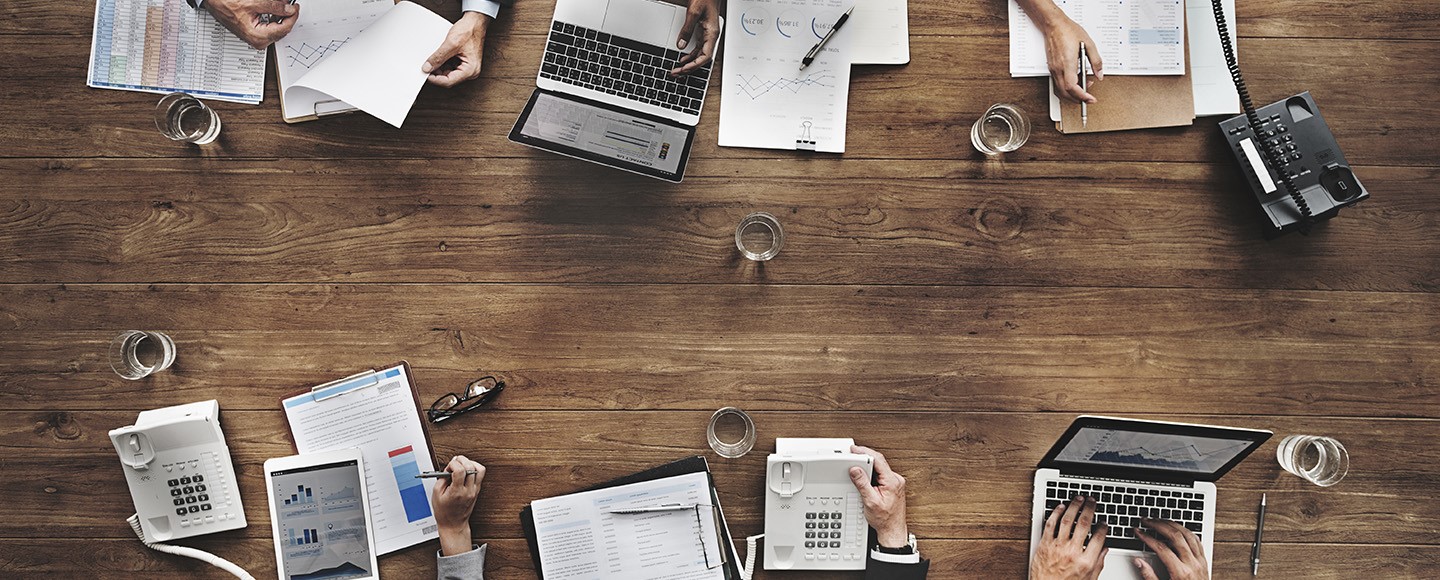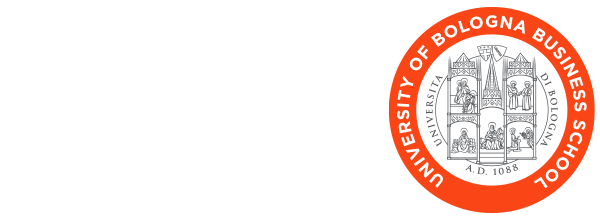
Logos and social distancing: when the emergency changes the symbol of companies
10 April 2020The coronavirus emergency has imposed sudden changes in terms of business and corporate communication, and some brands have decided to convey the importance of social distancing by changing their logo.
A reflection by Roberto Grandi, Full Professor of Sociology of Communication at the University of Bologna, Director of the Master in Digital Marketing and Communication of Bologna Business School and President of the Istituzione Bologna Musei.
Today, businesses are increasingly aware of the social responsibility they have and of having to account for their overall action to society. Brands are therefore very sensitive to the social, cultural and economic context in which they move.
The Coronavirus pandemic across the globe has led many businesses to act in various ways. On the one hand, with donations to organizations that operate worldwide to prevent the spread of the pandemic, on the other by introducing into its production chain some productions necessary for healthcare containment, such as masks, valves and other components of resuscitation room equipment.
Another aspect that has attracted the attention of companies is the advertising communication which today, in many cases, risks promoting products that cannot be used immediately and whose purchase will be deferred over time.
Some companies have modified their advertising by updating it on Coronavirus-related issues with great attention not to be perceived as those who want to exploit this situation for their purposes. Other companies have instead concentrated the communication on their logo, or a modified version. The logo, as we know, is a unique and distinctive symbol represented by a graphic sign and a stylized name that expresses the identity of the company. An effective logo is strategic for the communication of a brand because it helps to understand what a company does, what its objectives and values are.
This small sign is not only the visualization of the brand, but it stimulates and manages the relationships between the brand and the various recipients. It is, therefore, a strategically precious asset that brands have built over time and which they manage with great attention, also because for consumers the brand coincides with the logo. Today all over the world governments, individual public and private institutions are promoting a new product: social distancing.
Some appeals are the result of real marketing strategies, others are more spontaneous and improvised but it is perhaps the first time that the same behavior has been promoted in all the countries of the world: keeping the social distance. Some brands have changed for the occasion on their social media the most “sacred” they have, the logo, in the belief that they have a persuasive role able to play down the situation while managing to convince.
Audi USA separated the four rings in a short video with the slogan “Keep Distance”. Volkswagen has released a video where traditional V and W distances themselves by reproducing the space of social distancing. Curiously, the video has a text that can refer to the recent Dieselgate crisis: “At Volkswagen, traditionally we are together in all the crises and we support each other …”.
Hyundai, whose H of the logo represents two people shaking hands, has moved the two figures who now greet each other by touching their elbows. McDonald Brazil’s initiative to separate the two iconic arches on its social networks has instead sparked a controversy in the US that has not only prevented it from spreading to other countries but has led to a rapid reunification of the arches also in Brazil.
In Italy the two human figures back to back of the Kappa logo distance themselves from each other accompanied by the slogan “United more than ever, even if distant”; the Bologna Museums Institution has instead removed the letters that make up its name from each other. These are operations on social networks which, moving with caution in the field of brand equity and brand reputation, also the risk, as in the McDonald case, of obtaining the opposite effect.
Author: Roberto Grandi
